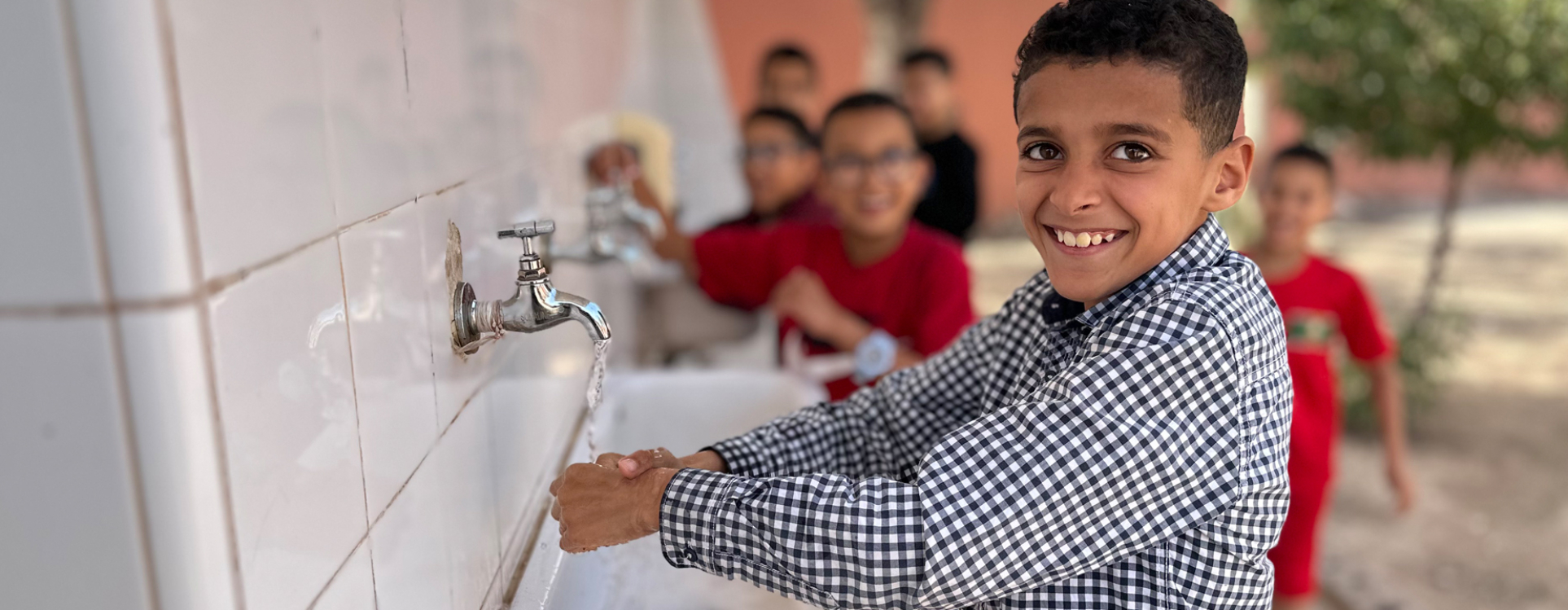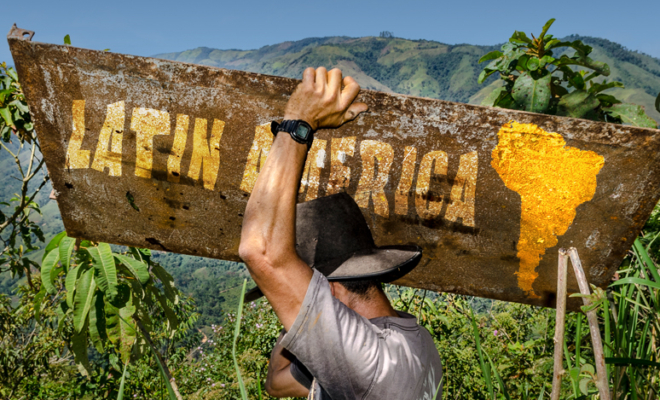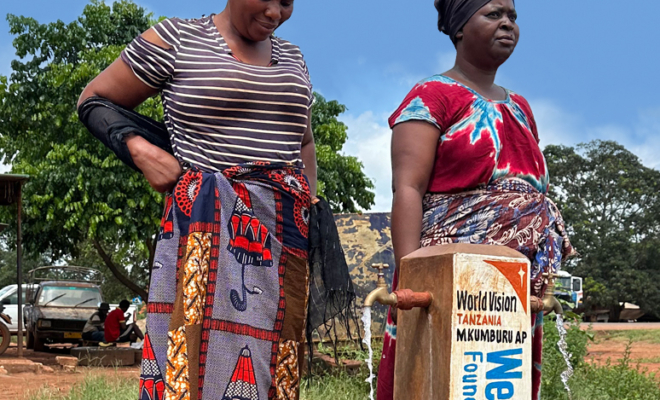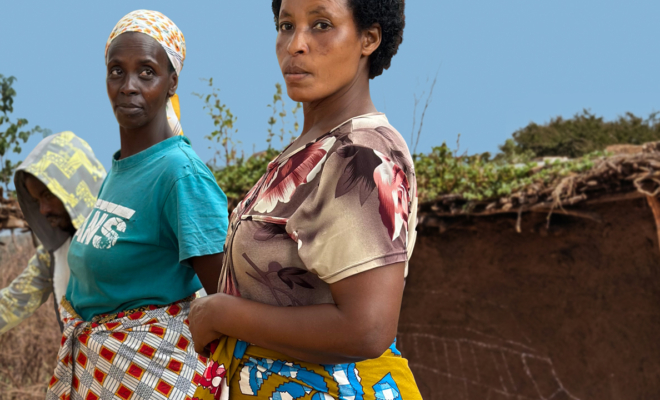In Liberia, it is difficult to maintain personal care. Nine out of ten inhabitants of the sub-Saharan country wash in public sources when they can. Of these nine, seven do not have any personal hygiene facilities in their homes, and two, despite having at least one sink in their homes, cannot use it as they lack running water or soap.
Liberia, along with most sub-Saharan and Central African countries, is among the countries suffering the most from this severe problem. The inhabitants of these areas make up the majority of the nearly 2 billion people worldwide who lack access to personal hygiene.
The problem has several causes, but poverty is the common denominator. The lack of potable water supply, soap, and other hygiene items, especially menstrual hygiene products, or the lack of family income, are endemic issues in many deprived areas. The cultural factor in the use of soap is another frequent issue that keeps people away from this crucial hygienic element for maintaining health.
The JMP (the Joint Monitoring Programme by UNICEF and WHO) estimates that in 2022, around 1.328 billion people lacked facilities in their homes, and the number of those who had facilities but could not use them reached 653 million.
During the COVID-19 pandemic, the world became aware of this situation: not everyone could access handwashing, a key hygienic practice in the fight against contagion.
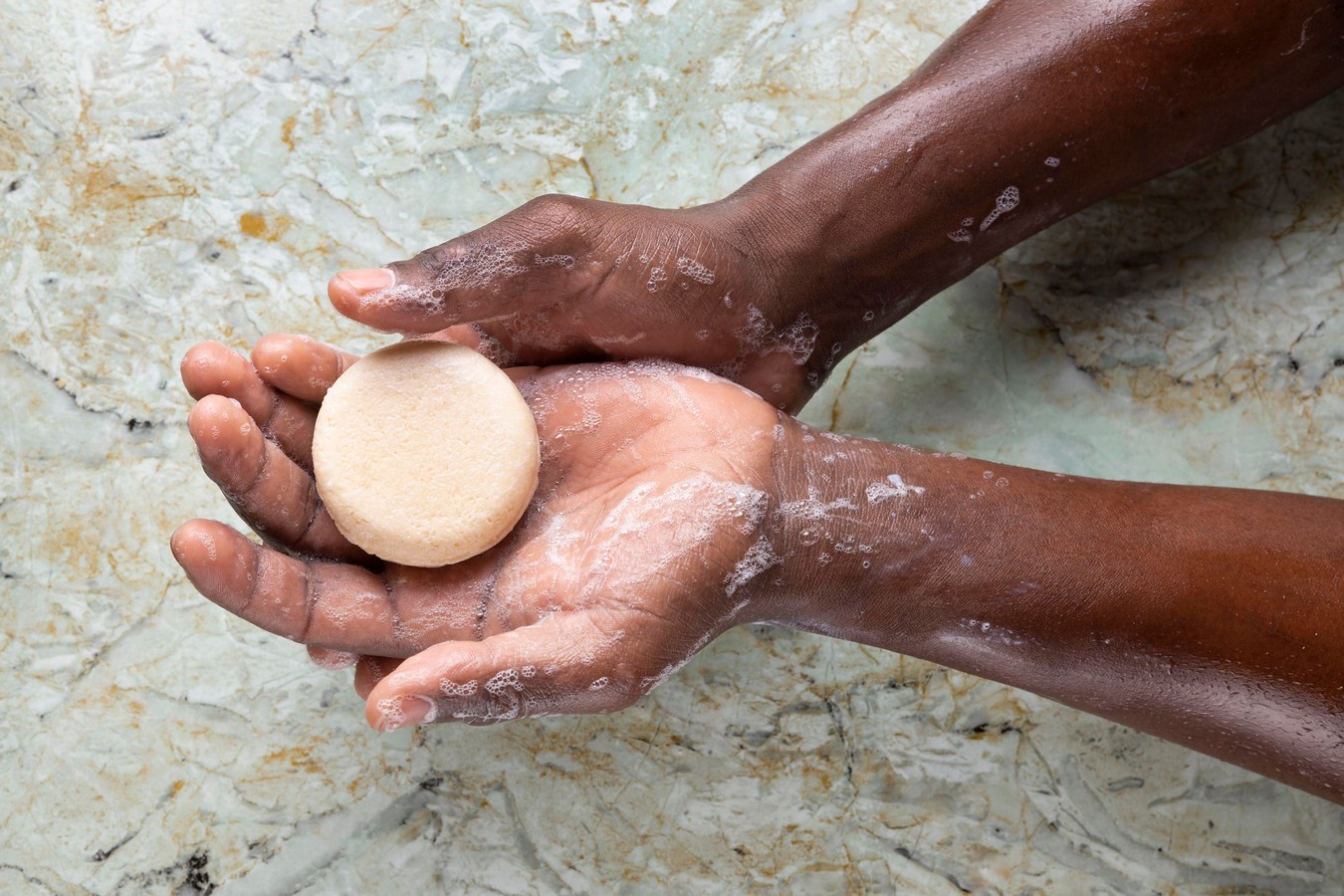
Over 2 billion people lack access to personal hygiene at home, whether due to a lack of facilities, water, or soap. © Freepik
What Do We Understand by Personal Hygiene?
The dimension of the problem varies depending on the environment and the meaning of personal hygiene. According to the WHO, this concept encompasses the conditions and practices that help maintain health and prevent the spread of diseases. This includes regular hand washing with water and soap, dental cleaning, regular bathing, nail and hair care, and proper menstrual hygiene.
Many geographical, social, economic, and cultural factors influence the dimension of the problem. In general, the lack of personal hygiene presents notably different contexts and solutions in neglected rural areas and impoverished urban neighbourhoods. In both worlds, poverty is the common denominator.
Hygiene in Poor Rural Areas
In poor rural areas, it is impractical to consider household water supplies. Here, the axis of hygiene lies in sufficient access to safe latrines equipped with adequate handwashing stations.
In all our aid projects involving latrine installation, a crucial aspect, besides ensuring users do not come into contact with faeces and that these are safely disposed of, is the correct use of handwashing basins with running water. This is essential to complete the sanitary function and provide users with a hygienically complete facility.
You can see the specifications that define such a latrine in the Latrine and Well Construction Manual which reflects our experience in sanitation projects worldwide. After providing safe sanitation to more than 3.6 million people in the most deprived rural areas of Latin America, Africa, and Asia, we can testify that the reduction of diarrheal diseases is the most reliable indicator of the benefits of hygiene.
This is especially important in schools, where practising hygiene and handwashing after using the toilet and before meals becomes a precious academic subject. Schoolchildren not only improve their health but also become the cornerstone of developing a hygiene culture in their community. It is unacceptable that, in 2022, more than 644 million schoolchildren still do not have access to handwashing facilities in their schools.
Equally critical in schools is the development of menstrual hygiene. The best reference we can give is one of our projects in Malawi, where we addressed menstrual hygiene and education in four schools in the districts of Lilongwe and Chikwawa. Ensuring that adolescent girls have full access to menstrual hygiene is an integral and indispensable factor in any sanitation approach.
Beyond clean water and safe latrines, schoolgirls need dedicated facilities to wash their clothes, access feminine hygiene supplies, and a trained faculty to promote cultural changes among boys, their parents, and the rest of the community.
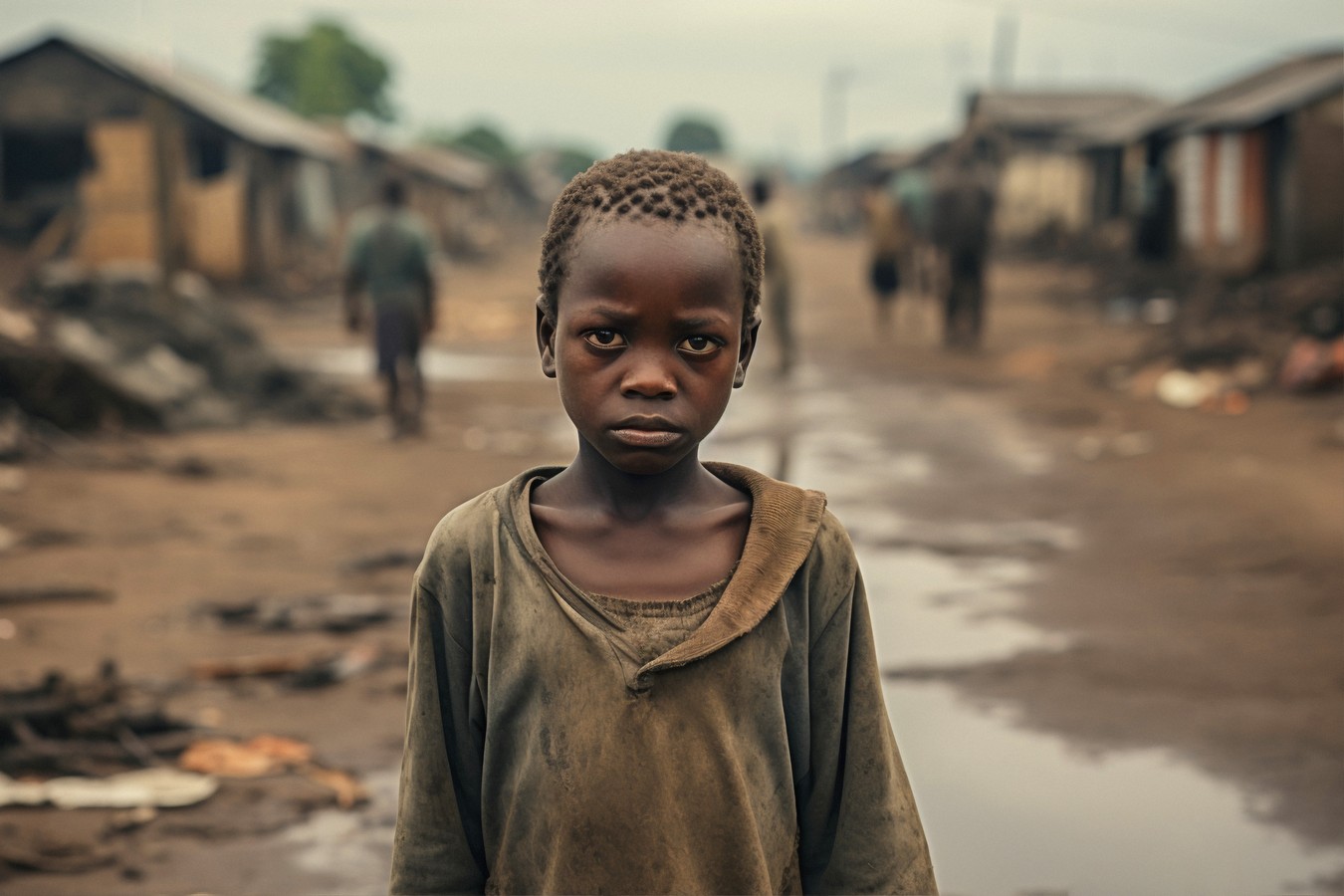
The inhabitants of sub-Saharan and Central African countries make up the majority of the nearly 2 billion people worldwide who lack access to personal hygiene. The problem has several causes, but poverty is the common denominator. ©Freepick
Personal Hygiene Is a Human Right
Frequently, when stating the Human Right to Water and Sanitation and the goals of SDG 6, we forget that personal hygiene is intrinsically linked to these and must also be considered a fundamental human right, essential to ensuring a dignified and healthy life.
Having access to adequate hygiene facilities, potable water, and soap prevents diseases and promotes well-being and self-esteem. Proper hygiene is vital for personal and social development, allowing people to fully participate in education, work, and community life. It is a factor that influences almost all SDGs. The efforts made by governments and institutions to ensure access to water and sanitation must be simultaneous with the work on hygiene. It is the way to close the health circle around water.
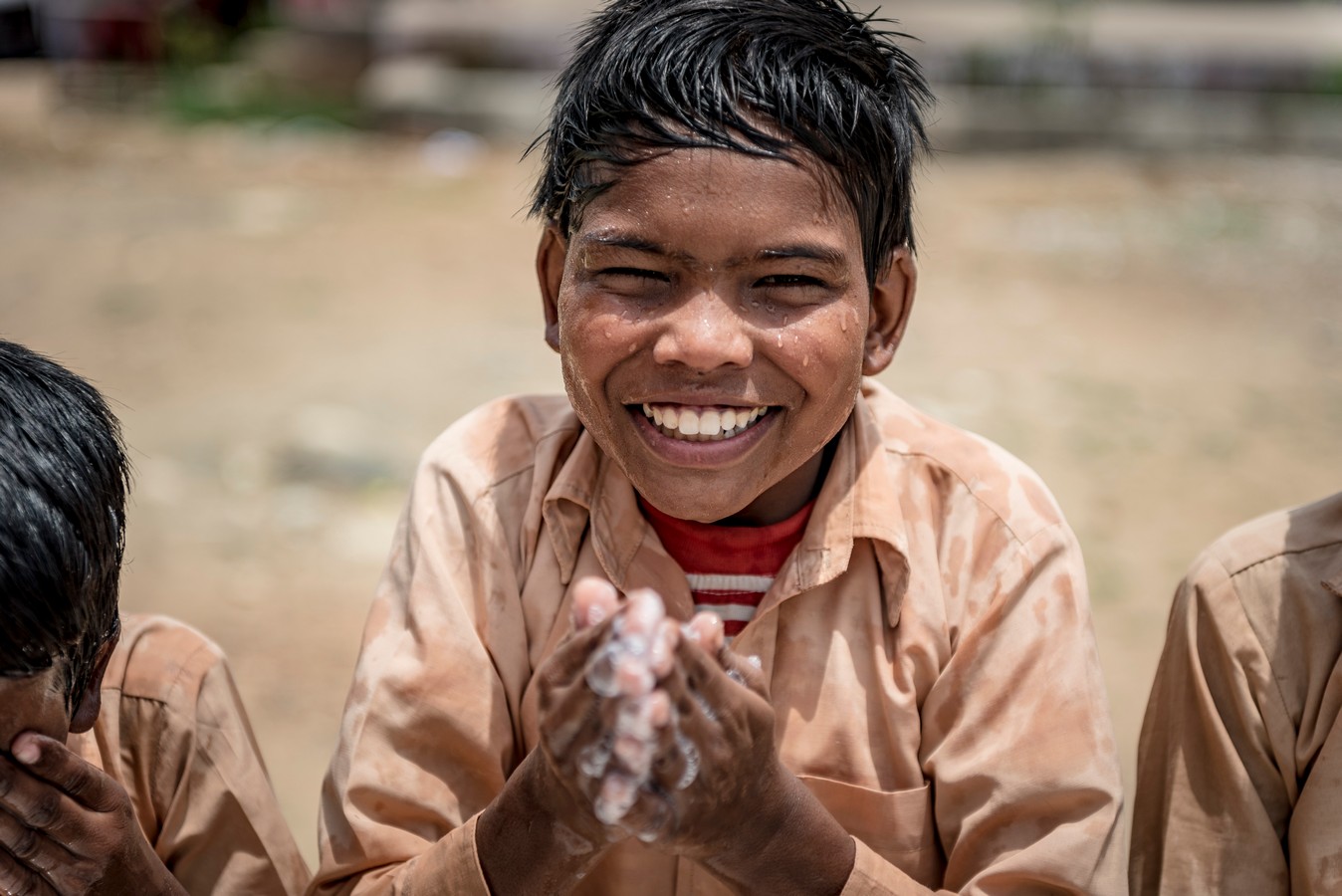
Having access to adequate hygiene facilities, potable water, and soap prevents diseases and promotes well-being and self-esteem. © Carlos Garriga / WAWF


